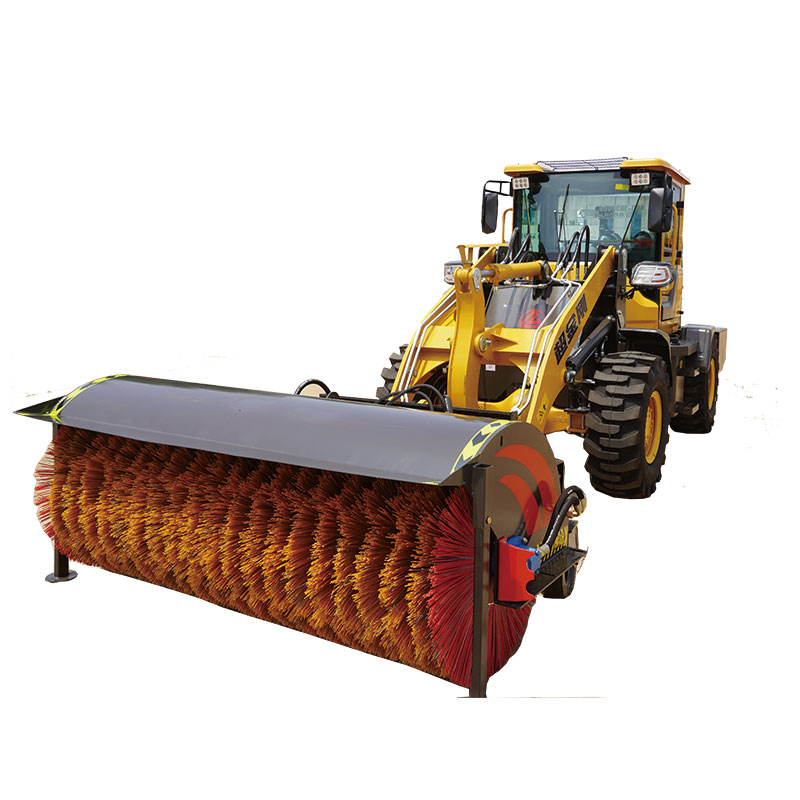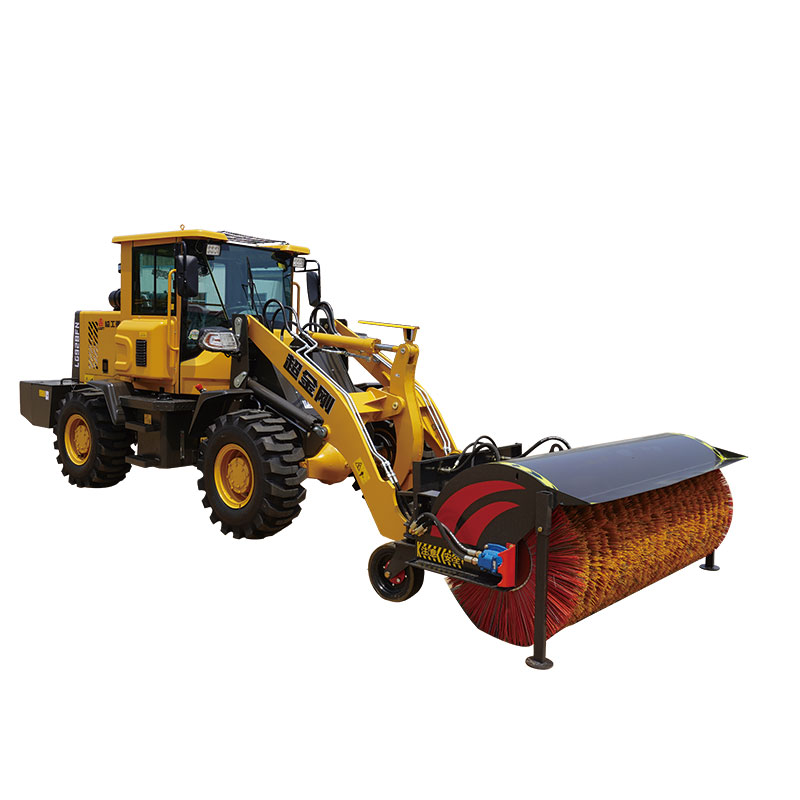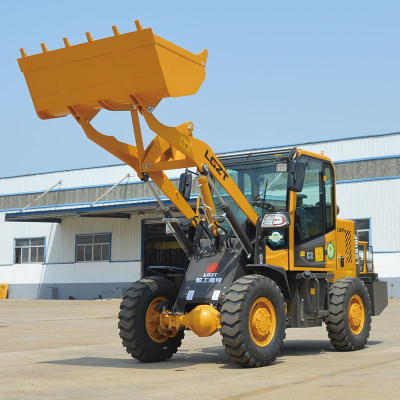Snow Sweeping Loader
Product Advantages:
Factory store, you can visit the factory for free.
Support bulk ordering with favorable prices.
Chinese original manufacturer
A comprehensive introduction to the Snow sweeping loader removal equipment has drawn attention. This equipment combines common market functions and application scenarios, demonstrating numerous advantages.The Front Loader Snow Blower is a small wheeled snowplow specifically designed by LGZT.
Exceptional Environmental Adaptability: Navigating Complexity with Precision
Snow sweeping loader redefine operational flexibility in snow removal, thanks to their compact design and advanced engineering. Unlike bulky snowplows or heavy machinery, their small footprint—typically ranging from 1.5 to 2.5 meters in width—enables seamless maneuvering in narrow, hard-to-reach spaces that larger equipment cannot access. This includes residential community lanes (where tight turns between buildings are common), commercial parking lots with dense vehicle arrangements, sidewalks adjacent to pedestrian traffic, and even alleyways or underground garages with low ceilings. Beyond spatial adaptability, these machines are engineered to conquer challenging terrain: many models feature reinforced anti-slip tires with deep tread patterns, ensuring traction on icy or slush-covered surfaces, while height-adjustable roller brushes (with customizable bristle hardness) allow operators to adapt to varying snow depths—from light dustings to compacted snow up to 30 centimeters thick. For sloped environments, such as hilly residential areas or bridge ramps, integrated hydraulic stability control systems prevent tipping, while some high-end variants include angle-adjustable snow blades that can be tilted to direct snow away from curbs or drainage systems, minimizing secondary ice formation. This versatility makes them indispensable in regions with unpredictable winter conditions, from urban landscapes to rural settings with mixed terrain
This equipment features a multi-functional integrated design. Based on a small wheel loader, it is equipped with a dedicated snow-clearing device to achieve multiple uses with one machine. It can be equipped with modules such as snow pushers, roller brushes or snow throwers, etc. Some models also support a quick switching function, which can adapt to different snow conditions and diverse operation scenarios.
Snow Sweeping Loader can flexibly adapt to complex environments. Due to its small size, it is suitable for working in narrow Spaces, such as community roads, parking lots, sidewalks and other areas that are difficult for large machinery to cover. Some models are equipped with anti-slip tires and height-adjustable roller brushes, enabling stable operation on complex road conditions such as slopes and ice surfaces.
Ease of operation is also one of its major features. Most of the equipment adopts a hydraulic control system, and the operation box can be installed in the cab. Actions such as lifting and turning can be completed through buttons, reducing the intensity of manual intervention. Some high-end models also support the automatic obstacle avoidance function, enhancing safety.
In terms of maintenance and scalability, the equipment structure design focuses on durability, with key components made of highly wear-resistant materials to extend service life. Meanwhile, the chassis of the small loader can be flexibly modified with other auxiliary tools to achieve resource reuse during the non-snow season.
The Payloader Snow Blower removal equipment is suitable for various scenarios. In the field of municipal sanitation, it can efficiently clear snow from key areas such as squares and Bridges, reducing labor costs. The property management and the community can quickly handle the snow accumulation in small and micro Spaces such as the front of the unit and the underground garage. It is suitable for industrial plants, mining areas, logistics parks and other closed sites that require continuous snow removal.
Conclusion
Snow sweeping loader represent a fusion of innovation, efficiency, and adaptability, addressing the limitations of traditional snow removal methods. From their compact design enabling access to tight spaces, to their advanced controls enhancing operator safety, and their modularity ensuring year-round utility, these machines are reshaping how communities, businesses, and municipalities combat winter’s challenges. As urbanization intensifies and climate variability increases, their role in maintaining mobility, safety, and operational continuity will only grow more indispensable.












